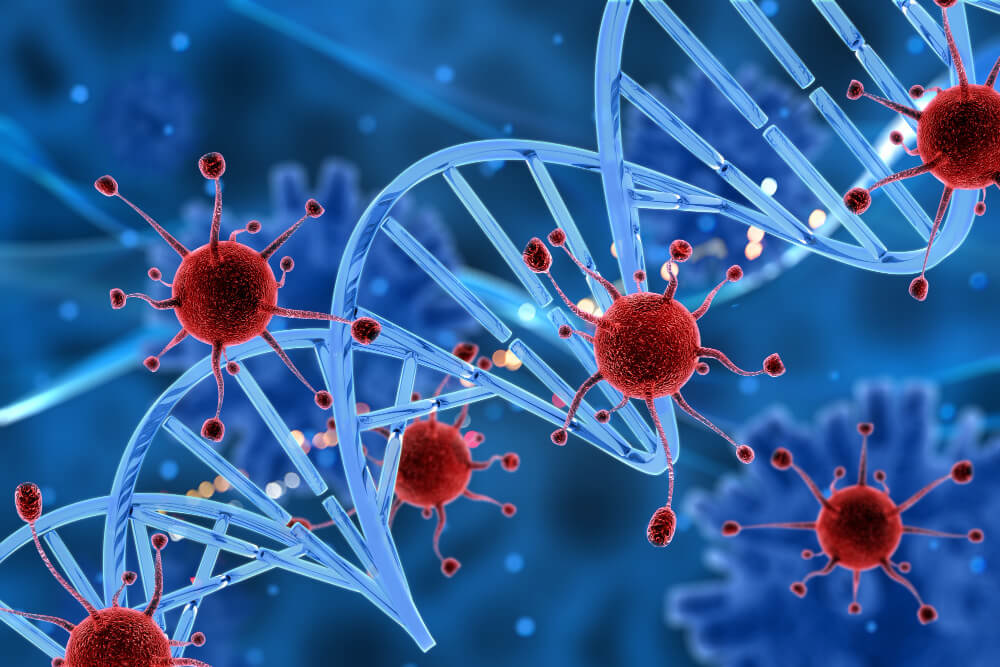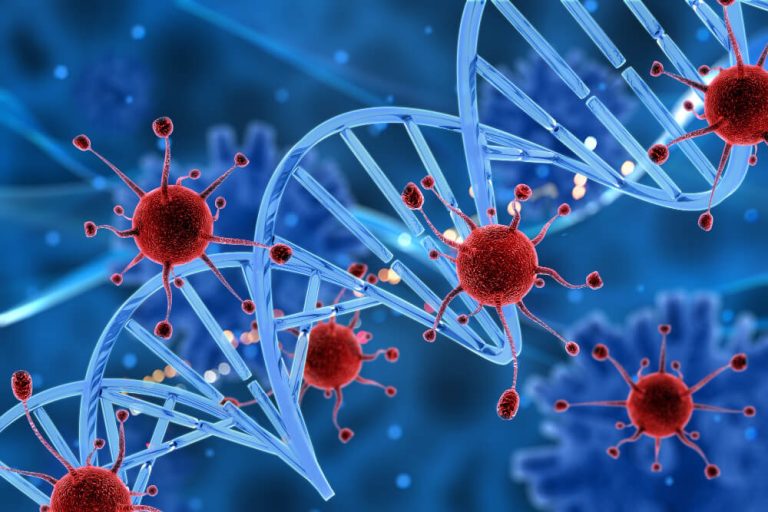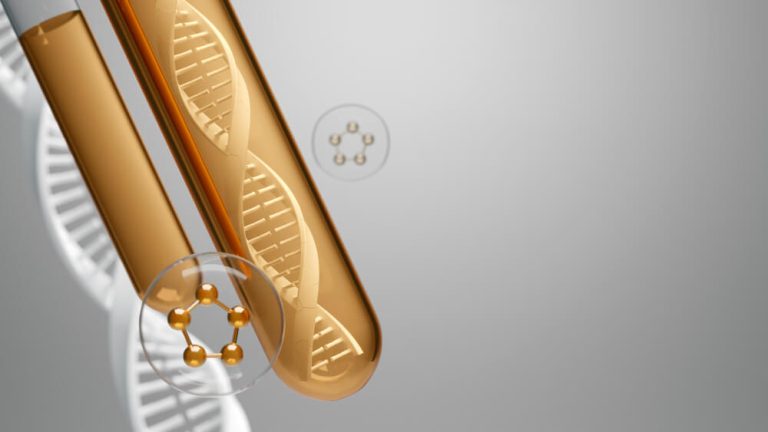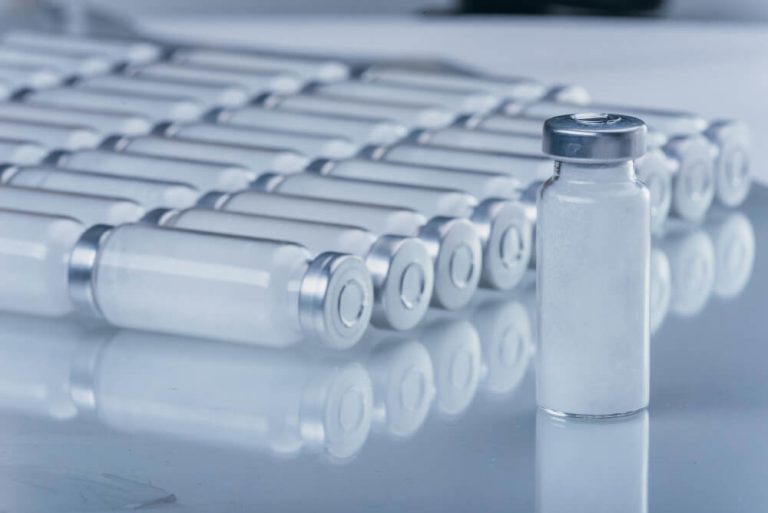Unlock Your Body’s Potential: A Guide to Hormone Training
Have you ever felt like you are doing everything right but still struggling with stubborn weight, persistent fatigue, or unpredictable moods? You eat well and try to exercise, yet something feels off. The answer might not be in trying harder, but in working smarter with your body’s intricate internal communication system.
This system is governed by hormones, the powerful chemical messengers that control nearly every aspect of your well-being, from your metabolism and energy levels to your mood and cognitive function. When these hormones are in balance, you feel vibrant, strong, and resilient. When they are out of sync, life can feel like an uphill battle. This is where a targeted approach can make all the difference.
Fortunately, you have more influence over these crucial regulators than you might think. By strategically using exercise, nutrition, and other lifestyle factors, you can guide your body toward optimal function. This powerful, proactive approach is the core of hormone training, a method designed to help you reclaim your vitality and unlock your full potential.
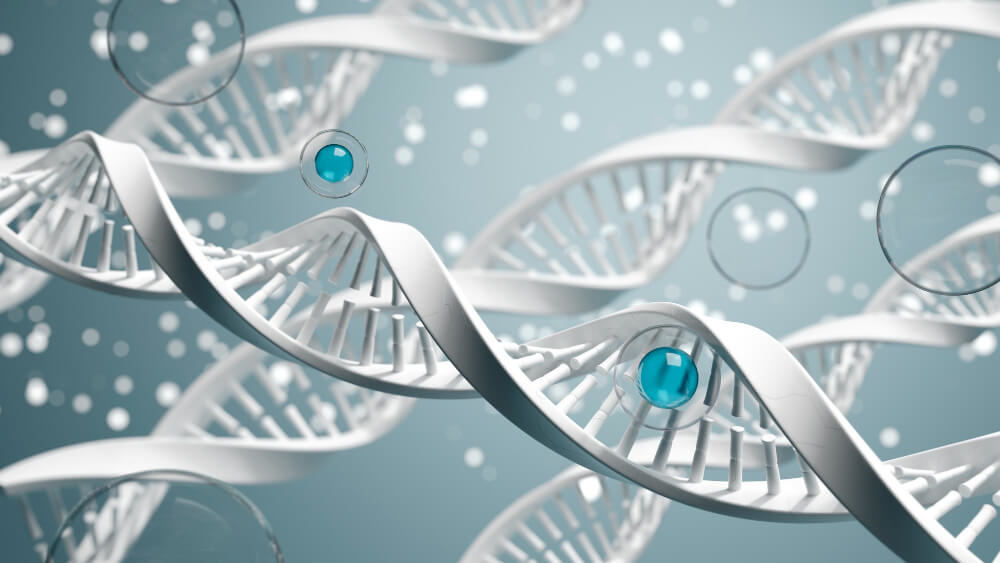
What Are Hormones and Why Do They Matter?
To understand hormone training, you first need to appreciate the role hormones play. Think of them as the managers of your body, sending instructions to your cells and organs to perform specific tasks. They are produced by glands that make up your endocrine system and travel through your bloodstream to their target destinations.
When this system works seamlessly, you thrive. But factors like age, stress, diet, and physical activity can disrupt this delicate balance, leading to a cascade of unwanted symptoms. Understanding the key players is the first step toward taking back control.
Some of the most influential hormones that can be shaped by your lifestyle choices include insulin, which manages blood sugar, and cortisol, your primary stress hormone. Others include thyroid hormones that regulate metabolism, as well as sex hormones like testosterone and estrogen, which affect everything from muscle mass to mood.
Even a slight imbalance in one of these can have a ripple effect across your entire system. For instance, chronically high cortisol from unmanaged stress can lead to insulin resistance, weight gain, and fatigue. Similarly, declining testosterone can result in low energy, reduced muscle mass, and a lack of motivation. The goal is not to eliminate any single hormone but to foster a harmonious balance among all of them.

How Does Lifestyle Impact Your Hormonal Health?
Your daily habits are perhaps the most powerful tool you have for influencing your hormonal landscape. The food you eat, the way you move your body, the quality of your sleep, and how you manage stress all send direct signals to your endocrine system. These signals can either promote balance or create chaos.
A diet high in processed foods and sugar, for example, can lead to chronically elevated insulin, a state that promotes fat storage and inflammation. A sedentary lifestyle can contribute to poor insulin sensitivity and lower levels of beneficial hormones like testosterone and growth hormone. Chronic stress and poor sleep are a recipe for elevated cortisol, which can disrupt nearly every other hormone in your body.
Conversely, a lifestyle built on whole foods, consistent and varied exercise, restorative sleep, and effective stress management techniques creates an environment where your hormones can function optimally. This is the foundation of hormone training. It’s about making conscious choices that send the right messages to your body, encouraging it to produce and regulate hormones in a way that supports your health, energy, and longevity.

What Is Hormone Training?
Hormone training is a deliberate and strategic approach to exercise and nutrition tailored to achieve specific, beneficial hormonal responses. It moves beyond the generic advice to ‘eat less and move more’ and instead focuses on the type, timing, and intensity of your activities to positively influence your endocrine system.
It is not about taking synthetic hormones or searching for a quick fix. Instead, it is about training your body to naturally produce and balance its own hormones more effectively. This involves understanding how different types of workouts and foods trigger the release of certain hormones and then structuring your lifestyle to create the hormonal profile you desire.
For example, a workout designed to boost growth hormone and testosterone will look very different from a session aimed at lowering cortisol and reducing stress. Likewise, a nutritional plan to improve insulin sensitivity will differ from one designed to support thyroid function. Hormone training is a personalized science, empowering you to become the architect of your own internal chemistry.

What Are the Key Principles of Exercise for Hormone Balance?
Exercise is one of the most potent modulators of your hormonal health. But not all exercise is created equal. Different modalities produce distinct hormonal effects, and a well-rounded plan will incorporate a variety of stimuli to foster overall balance.

How does strength training affect hormones?
Resistance or strength training is a cornerstone of hormone optimization, particularly for its ability to boost anabolic hormones. These are the hormones that build and repair tissue, such as testosterone and human growth hormone (HGH). Lifting weights, especially with compound movements like squats, deadlifts, and presses, creates microscopic tears in your muscle fibers.
This damage signals your body to initiate a repair and growth process. In response, it releases testosterone and HGH to help rebuild the muscles stronger than before. This process not only increases lean muscle mass and strength but also improves metabolic health. More muscle mass enhances your body’s ability to handle blood sugar, improving insulin sensitivity and reducing the risk of metabolic dysfunction.
To maximize this effect, focus on lifting moderately heavy weights with proper form, keeping rest periods relatively short, around 60 to 90 seconds. This style of training creates the metabolic stress necessary to stimulate a robust hormonal response, making it a powerful tool for both men and women looking to build a stronger, more resilient physique.

What is the role of high-intensity interval training (HIIT)?
High-intensity interval training involves short bursts of all-out effort followed by brief recovery periods. This type of workout is incredibly time-efficient and a potent stimulus for hormonal adaptation. HIIT has been shown to significantly increase HGH production, which is vital for fat metabolism and cellular repair.
During a HIIT session, your body also experiences a short-term spike in cortisol. While chronic cortisol is detrimental, these acute, short-lived spikes are a natural and beneficial response to intense exercise. They help mobilize energy stores to fuel your workout. When followed by adequate recovery, this process can actually improve your overall cortisol regulation and stress resilience over time.
HIIT is also fantastic for improving cardiovascular health and insulin sensitivity. The intense effort forces your muscles to quickly uptake glucose from the blood for energy, a process that can help reverse insulin resistance. A typical HIIT session might involve 30 seconds of sprinting on a bike or treadmill, followed by 60 seconds of easy recovery, repeated for 15 to 20 minutes.

Why is low-intensity cardio important?
While high-intensity workouts are beneficial, they are also a form of stress on the body. Balancing them with low-intensity steady-state (LISS) cardio is crucial for managing your overall stress load and supporting hormonal harmony. Activities like brisk walking, light jogging, swimming, or cycling at a conversational pace fall into this category.
LISS cardio is particularly effective at lowering chronic cortisol levels. Unlike intense exercise, it does not trigger a significant stress response. Instead, it promotes a state of calm and can help shift your nervous system into a more relaxed, parasympathetic state. This makes it an excellent tool for active recovery and stress management.
Engaging in regular low-intensity activity can significantly reduce the negative effects of stress on your body. It helps clear cortisol from your system, improves mood by releasing endorphins, and supports restorative sleep, all of which are essential for a well-regulated endocrine system.

How can mindful movement like yoga or tai chi help?
Mindful movement practices like yoga, tai chi, and qigong are another pillar of hormone training, primarily for their profound impact on the stress axis. These disciplines combine physical postures, breathing techniques, and meditation to directly target the nervous system.
By emphasizing deep, controlled breathing, these practices activate the vagus nerve, which is the main highway of the parasympathetic ‘rest and digest’ system. This activation helps to counteract the chronic ‘fight or flight’ state that so many people live in, leading to a significant reduction in cortisol levels.
Regular practice can improve your body’s resilience to stress, lower inflammation, and promote a sense of well-being. This is a critical component of any hormone-balancing plan, as unmanaged stress can undermine even the best diet and exercise efforts. For many, particularly women navigating hormonal fluctuations, a consistent yoga or tai chi practice provides a powerful anchor for stability and calm. In fact, many experts recommend specific exercise for hormonal balance that includes these mindful approaches.

How Does Nutrition Support Hormone Training?
Nutrition provides the raw materials your body needs to produce hormones and function correctly. Just as with exercise, a strategic approach to what you eat can have a profound impact on your endocrine system. Your food choices directly influence insulin, cortisol, and the production of key steroid hormones.

Why are macronutrients crucial for hormone production?
Your intake of protein, fats, and carbohydrates forms the foundation of your hormonal health. Each macronutrient plays a distinct and vital role.
Protein is made up of amino acids, which are the building blocks for many essential molecules in the body, including peptide hormones like insulin and growth hormone. Adequate protein intake is also necessary for muscle repair after exercise, liver detoxification pathways that clear old hormones, and maintaining stable blood sugar levels.
Healthy fats are perhaps the most critical macronutrient for hormone production. Your body uses cholesterol from dietary fats to synthesize all of its steroid hormones, including testosterone, estrogen, and cortisol. Diets that are too low in fat can lead to deficiencies in these vital hormones. Sources like avocados, olive oil, nuts, seeds, and fatty fish provide the essential building blocks for a robust endocrine system.
Carbohydrates are your body’s preferred source of energy, and they play a key role in hormonal regulation, particularly concerning insulin and thyroid function. Consuming complex, fiber-rich carbohydrates from sources like vegetables, fruits, and whole grains helps maintain stable blood sugar and provides energy without causing dramatic insulin spikes. They are also important for the conversion of inactive thyroid hormone (T4) to the active form (T3).

What micronutrients should you focus on?
While macronutrients are the building blocks, micronutrients are the spark plugs that make the hormonal engine run. Several vitamins and minerals are critical cofactors in hormone synthesis and signaling pathways.
Magnesium is involved in hundreds of enzymatic reactions, including those that regulate blood sugar, manage the stress response, and promote restful sleep. Zinc is essential for testosterone production and optimal thyroid function. B vitamins, especially B5 and B6, are crucial for supporting the adrenal glands and managing cortisol production. Vitamin D, which acts more like a hormone than a vitamin, is vital for immune function and plays a role in insulin sensitivity and sex hormone production.
A nutrient-dense diet rich in colorful vegetables, fruits, lean proteins, and healthy fats is the best way to ensure you are getting a wide array of these essential micronutrients.
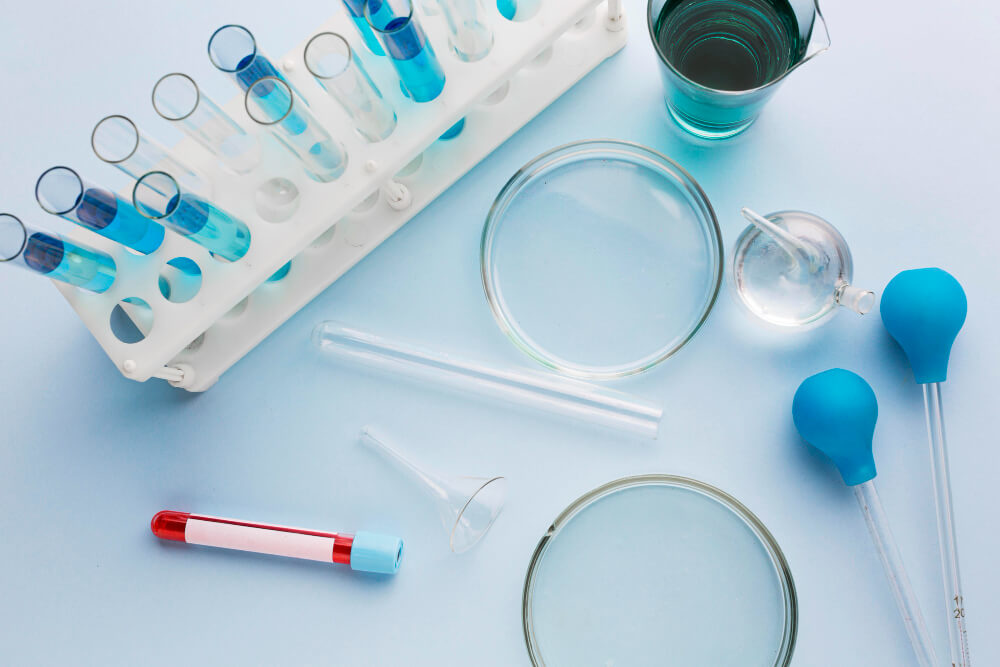
Does meal timing matter?
The timing of your meals can also influence your hormonal response. For instance, skipping meals, especially breakfast, can cause a spike in cortisol as your body perceives it as a stressor. Eating regular, balanced meals throughout the day helps to stabilize blood sugar and cortisol, preventing energy crashes and mood swings.
Nutrient timing around your workouts is another strategic element. Consuming a combination of protein and carbohydrates after a strength training session can help lower the cortisol produced during exercise and provide the amino acids needed for muscle repair. This replenishes glycogen stores and shifts your body from a catabolic (breakdown) state to an anabolic (building) state more quickly, maximizing the benefits of your workout.
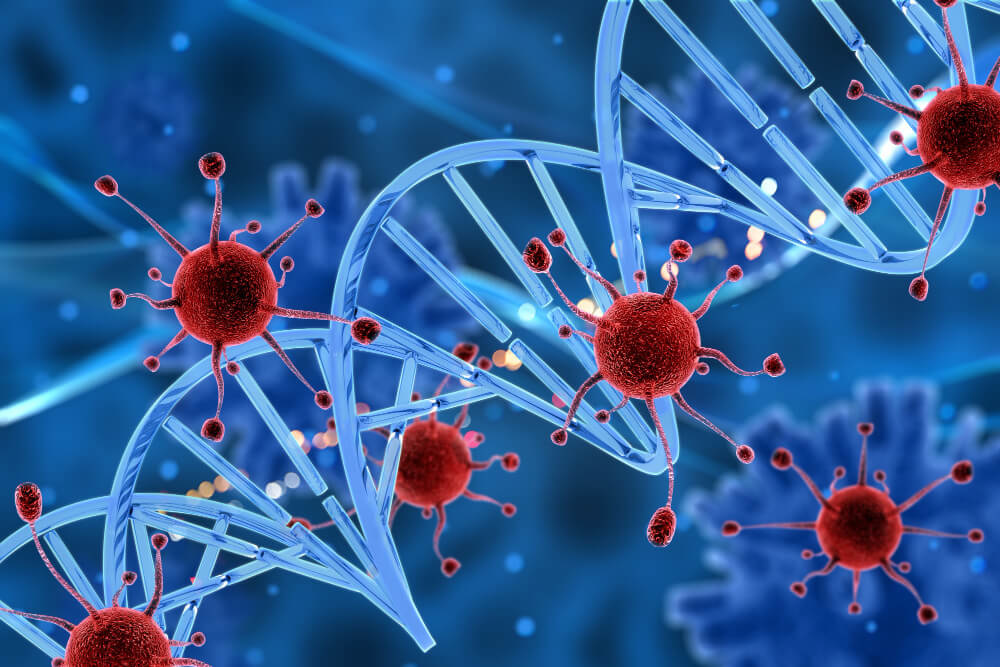
How Can You Create a Personalized Hormone Training Plan?
A successful hormone training plan is not a one-size-fits-all template. It should be tailored to your unique goals, biology, and lifestyle. The key is to combine different training modalities and nutritional strategies to create the desired hormonal effect.
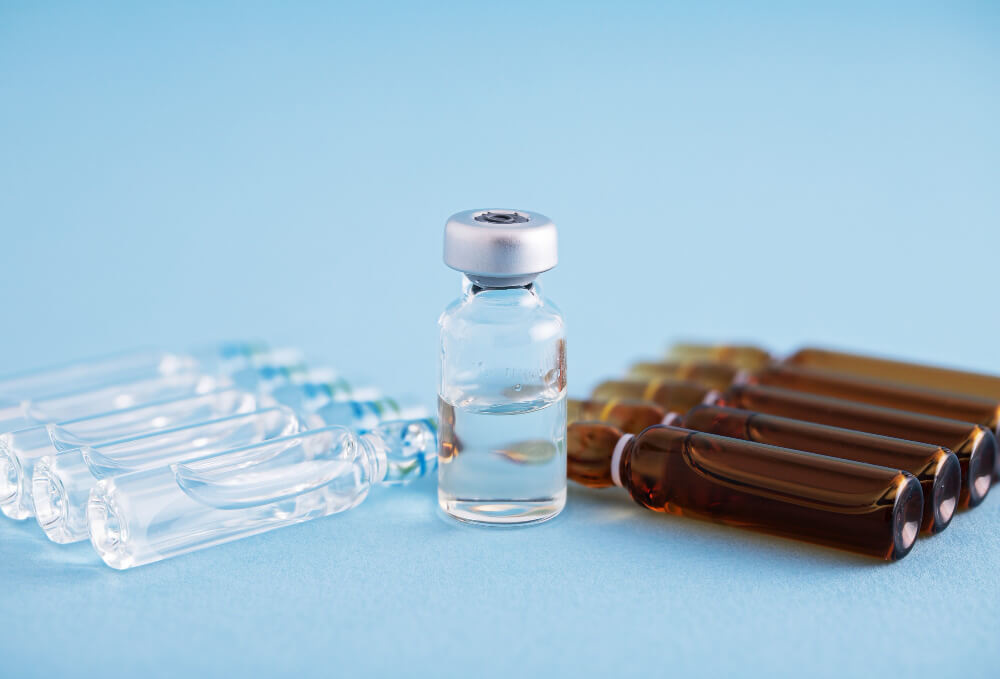
How do you train for testosterone and growth hormone?
To naturally optimize hormones associated with muscle growth, strength, and vitality, your plan should prioritize resistance training and high-intensity work. Focus on 3-4 days per week of strength training centered on major compound lifts. Supplement this with 1-2 HIIT sessions to further stimulate HGH release.
Your nutrition should support these efforts with adequate protein to facilitate muscle repair and sufficient healthy fats to provide the building blocks for testosterone. There are many ways to how to increase testosterone naturally through a combination of diet and specific exercise protocols. This approach is beneficial for both men seeking to maintain vigor and women looking to build lean mass and bone density. A better understanding of how exercise and hormones interact is key to designing an effective program.
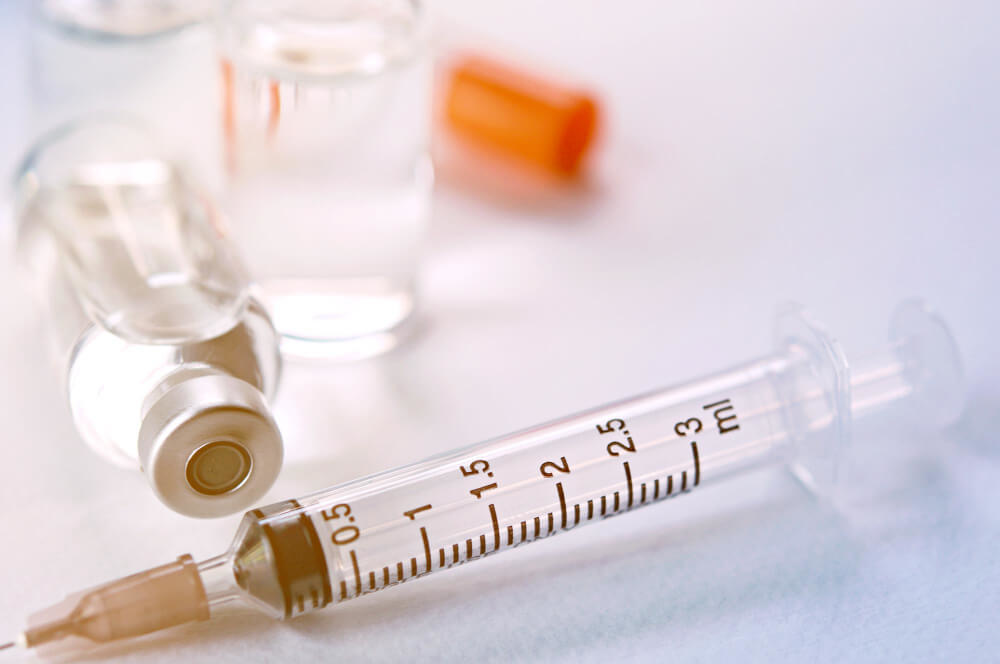
How do you train to manage cortisol and stress?
If your primary goal is to reduce stress and lower chronically elevated cortisol, your plan will look different. While strength training is still valuable, you might reduce the frequency or intensity. The emphasis should shift toward restorative activities.
Incorporate 2-3 sessions of yoga, tai chi, or dedicated stretching per week. Make daily walks, preferably in nature, a non-negotiable part of your routine. Ensure you are getting at least 7-8 hours of quality sleep each night, as this is when your body does most of its cortisol regulation and repair. Overtraining is the enemy here; listen to your body and prioritize rest and recovery to avoid adding more stress to your system.

How does training differ for men and women?
While the core principles apply to everyone, there can be nuances. Women who are still menstruating may benefit from cycle syncing their workouts. This involves aligning training intensity with the different phases of their menstrual cycle, opting for higher-intensity work during the follicular phase when energy is high and shifting to lower-intensity, restorative activities during the luteal and menstrual phases.
For men, consistency in strength training and HIIT is often the primary focus for maintaining healthy testosterone levels as they age. For both genders, paying attention to biofeedback—like energy levels, sleep quality, and mood—is essential for making adjustments and ensuring the plan remains effective and sustainable.
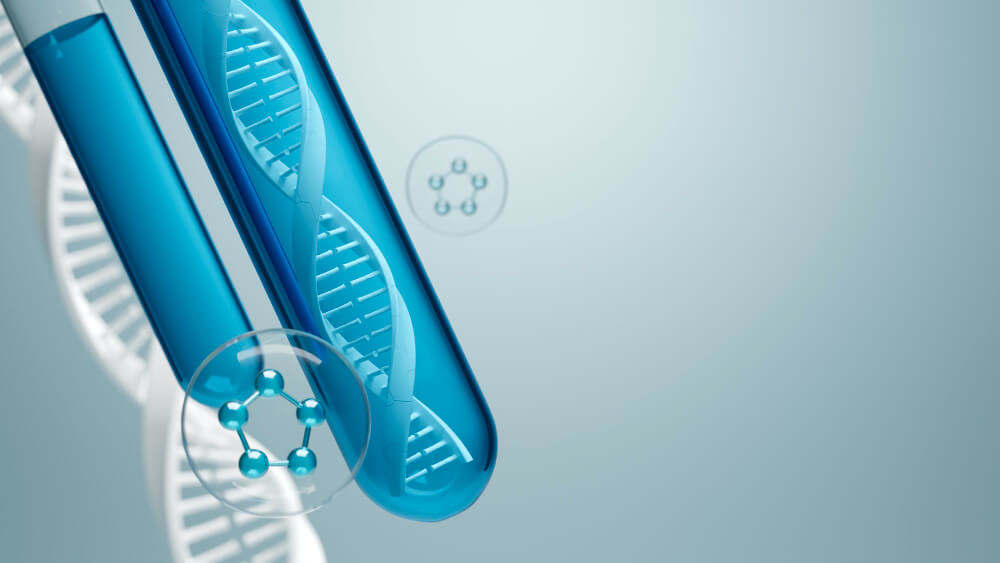
What About Advanced Hormone Optimization?
Lifestyle interventions like hormone training are incredibly powerful and should always be the first line of defense. However, for some individuals, especially as they age, lifestyle alone may not be enough to fully restore optimal hormonal balance due to natural declines in production. In these cases, working with a knowledgeable healthcare professional becomes essential.
Modern medicine is increasingly recognizing that proactive hormone management is a key pillar of healthspan and longevity. Clinicians are seeking advanced training to better serve patients who are struggling with the effects of hormonal imbalances. This includes understanding complex diagnostics and advanced therapeutic options that go beyond basic advice.
For medical professionals interested in this field, specialized education is available. For instance, a comprehensive testosterone replacement therapy TRT prescribing course can provide the clinical confidence needed to safely and effectively manage low testosterone. This type of advanced knowledge is transforming patient care.
Furthermore, many clinicians wonder about the logistics of integrating hormone optimization into a primary care practice. With the right systems and training, it can become a seamless and highly valuable part of a modern medical clinic. This patient-centered approach aligns perfectly with the forward-thinking, evidence-based principles of longevity medicine, which aims to prevent chronic disease and enhance quality of life for years to come.
Hormone training is a journey of self-awareness and empowerment. It teaches you to listen to your body and gives you the tools to respond effectively. By strategically applying the principles of targeted exercise, nutrient-dense eating, and stress management, you can become an active participant in your own health, guiding your body toward a state of vibrant, balanced, and lasting well-being.
Frequently Asked Questions
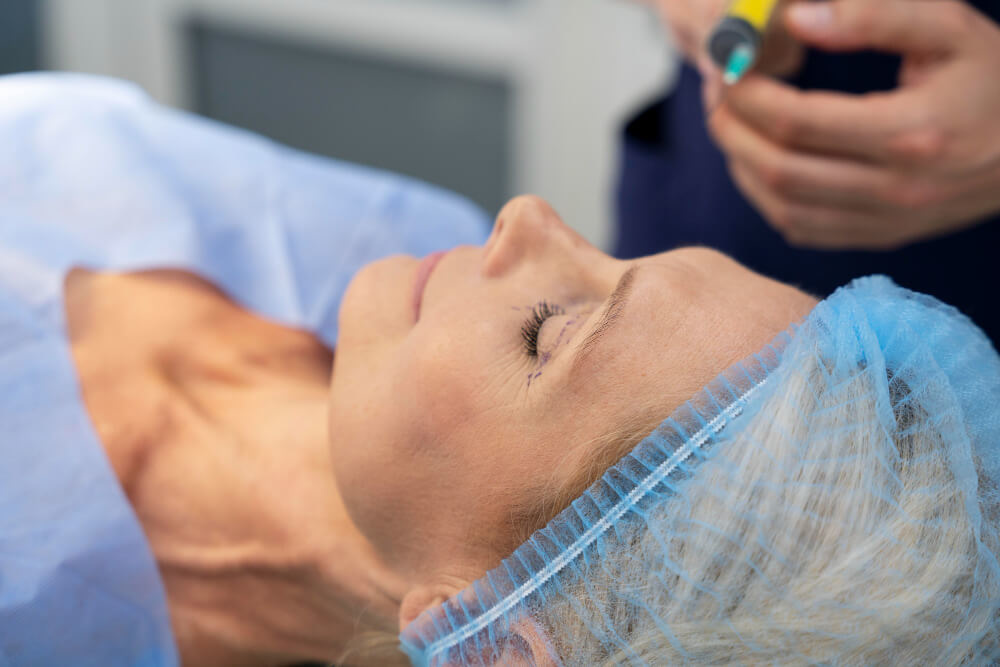
My child seems shorter than their friends.
At what point should I be concerned about their growth? While variation in height among children is normal, certain patterns warrant a closer look by a healthcare provider. The primary concern is not a single height measurement but the child’s growth velocity over time, as tracked on a standardized growth chart. A significant red flag is when a child’s growth rate slows and causes them to cross down two or more major percentile lines, or if their height consistently falls below the 3rd percentile for their age and sex.
If you notice these patterns or have concerns, it’s important to consult your pediatrician for an evaluation. They can assess the child’s growth velocity over 6-12 months, consider the parents’ heights (mid-parental height), and look for other signs like poor weight gain or delayed puberty. This initial assessment helps differentiate between normal variations, such as constitutional growth delay, and a potential underlying endocrine disorder that may require a specialist referral.

What are the earliest signs of puberty, and when are they considered "too early" for boys and girls?
The first sign of puberty is typically breast development (thelarche) in girls and an increase in testicular volume in boys. These changes are driven by hormonal signals from the brain and mark the beginning of sexual maturation. For most girls, puberty begins between the ages of 8 and 13, while for most boys, it starts between the ages of 9 and 14.
Puberty is considered precocious, or "too early," if these signs appear before the age of 8 in girls or before the age of 9 in boys. Early onset requires a medical evaluation to rule out underlying causes, which can range from benign to more serious conditions. A timely diagnosis is crucial to manage potential impacts on a child’s final adult height and to provide psychosocial support if needed.

Could my teenager’s fatigue and weight gain be a thyroid problem, or is it just typical adolescent behavior?
Fatigue and changes in weight are extremely common during adolescence due to rapid growth, changing sleep schedules, and social pressures. However, when these symptoms are persistent, severe, and accompanied by other specific signs, they could indicate an underactive thyroid (hypothyroidism). Additional symptoms to watch for include feeling unusually cold, constipation, dry skin and hair, and a noticeable slowing of growth in height.
Because the symptoms overlap significantly with normal teenage experiences, a definitive diagnosis cannot be made on symptoms alone. If you suspect a thyroid issue, a consultation with a healthcare provider is essential for a proper evaluation. A simple blood test to measure thyroid-stimulating hormone (TSH) and thyroxine (T4) levels can effectively determine if the thyroid gland is functioning correctly and guide further treatment if necessary.
Discover the most comprehensive functional medicine training, longevity training, and biohacking certification programs designed specifically for healthcare professionals, medics, and clinic owners who want to master regenerative medicine protocols and anti-aging therapies.

